Ready in 15 minutes really delicious low carb dessert recipe? Splendid looking fluffy treat when we want to be over the clouds.
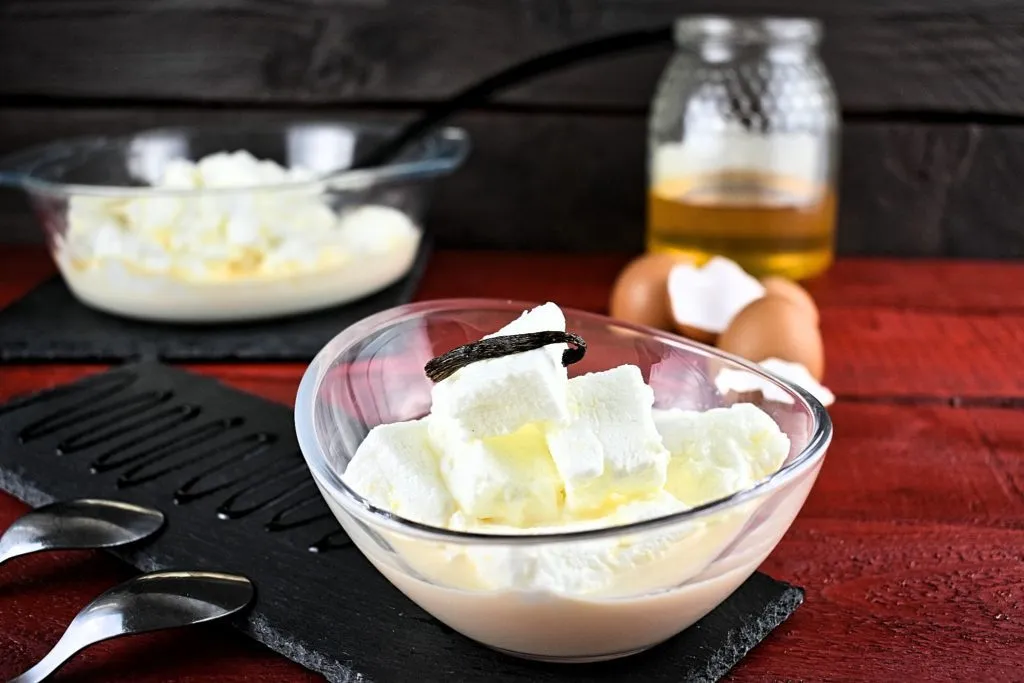
Floating Islands dessert, also known as île flottante, is a classic French dessert that has been enjoyed for centuries. The dessert is made up of a soft, fluffy meringue floating on a bed of rich custard and drizzled with caramel. It is a delicate dessert that requires precision and care to create the perfect balance of textures and flavors.
The origin of floating islands dessert is not entirely clear, but it is believed to have been created in France in the 17th or 18th century. The dessert was a favorite of the French aristocracy and was often served at grand banquets and feasts.
One theory about the origin of the dessert is that it was inspired by the floating gardens of the Aztecs. These gardens were made up of small, man-made islands that were used to grow crops. The idea of something floating on top of a liquid may have been the inspiration for the dessert’s name.
Another theory is that the dessert was created by French chefs who were looking for new and innovative ways to use egg whites. Meringue, which is made from whipped egg whites and sugar, had become a popular ingredient in French cuisine, and chefs were experimenting with different ways to incorporate it into their desserts.
What are the key components of a traditional floating islands dessert?
The key components of a traditional floating islands dessert are meringue, custard, and caramel. The meringue is made from whipped egg whites and sugar, and is then poached in simmering water to create a soft, fluffy texture. The custard is typically made from egg yolks, sugar, and milk or cream, and is flavored with vanilla or other spices. The caramel is made by heating sugar until it melts and turns a deep amber color, and is then drizzled over the top of the dessert.
While the traditional version of floating islands dessert is delicious, it can be quite high in sugar. For those who are looking for a healthier alternative, there are now many added sugar free versions available. These versions use natural sweeteners like stevia or honey to create a dessert that is just as delicious, but without the added sugar.
How has the recipe for floating islands dessert evolved over time?
Over time, the recipe for floating islands dessert has evolved to include variations on the traditional components. For example, some chefs now use different flavors of custard, like chocolate or coffee, to add depth to the dessert. Others use fruit or fruit purees to create a more refreshing and light version of the dessert.
In addition, some chefs have experimented with different textures for the meringue, creating versions that are crispy or chewy rather than soft and fluffy. These variations on the classic recipe have helped to keep the dessert fresh and exciting, while still maintaining its classic French charm.
One famous person who was known to love floating islands dessert was the French writer Marcel Proust. Proust was a frequent diner at the famous restaurant La Rive Gauche in Paris, where he would often order the dessert. He even wrote about it in his seminal work, “In Search of Lost Time,” describing it as “a delicate pleasure, a sweetness that was not cloying.”
Regardless of its origins, floating islands dessert quickly became a favorite among French chefs and diners alike. Its light and airy texture, combined with the richness of the custard and caramel, made it a perfect ending to a heavy meal.
This low carb recipe has two main parts, one is the islands meringue bits that made out of the egg whites and the other is where the islands float which is a custard sort of cream made out of vanilla, milk and egg yolks.
Ingredients
- 4 cups / 1000g Milk (or dairy-free milk of choice)
- 1 teaspoon / 4g Vanilla extract
- 8 medium / 400g Eggs
- 2 Tablespoons / 40g Honey or sweetener of choice to taste
- 1 tablespoon / 8g Corn starch of white flour (optional for extra thickness)
How to make Floating island
- Pour milk into a big saucepan then on medium heat while stirring continuously bring it to boil.
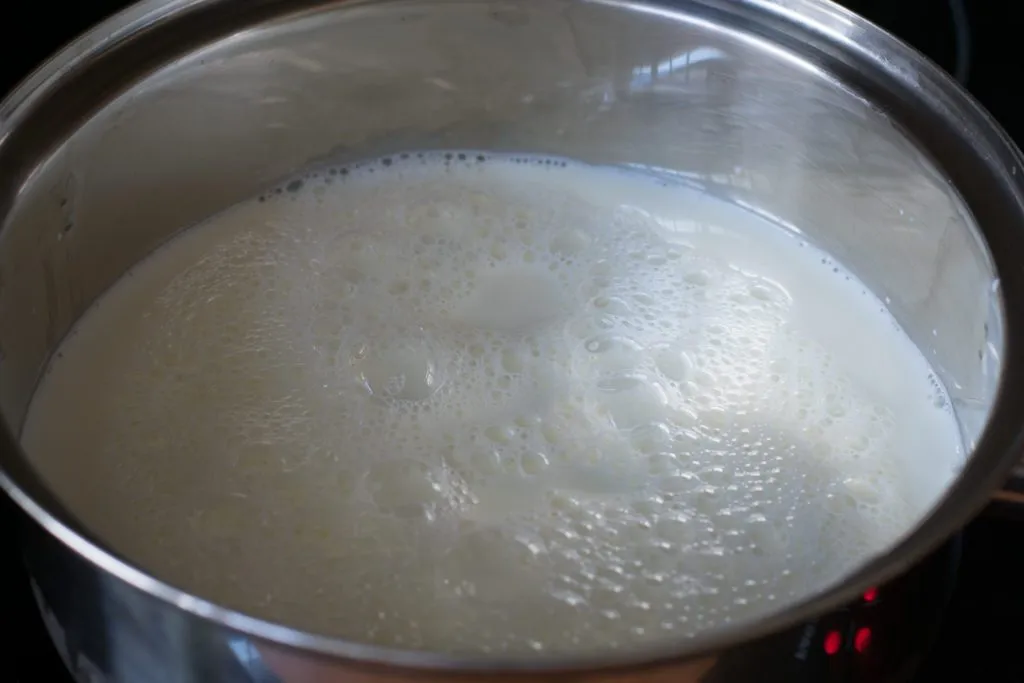
- Meanwhile break and separate eggs. Egg whites in one bowl yolks in another.
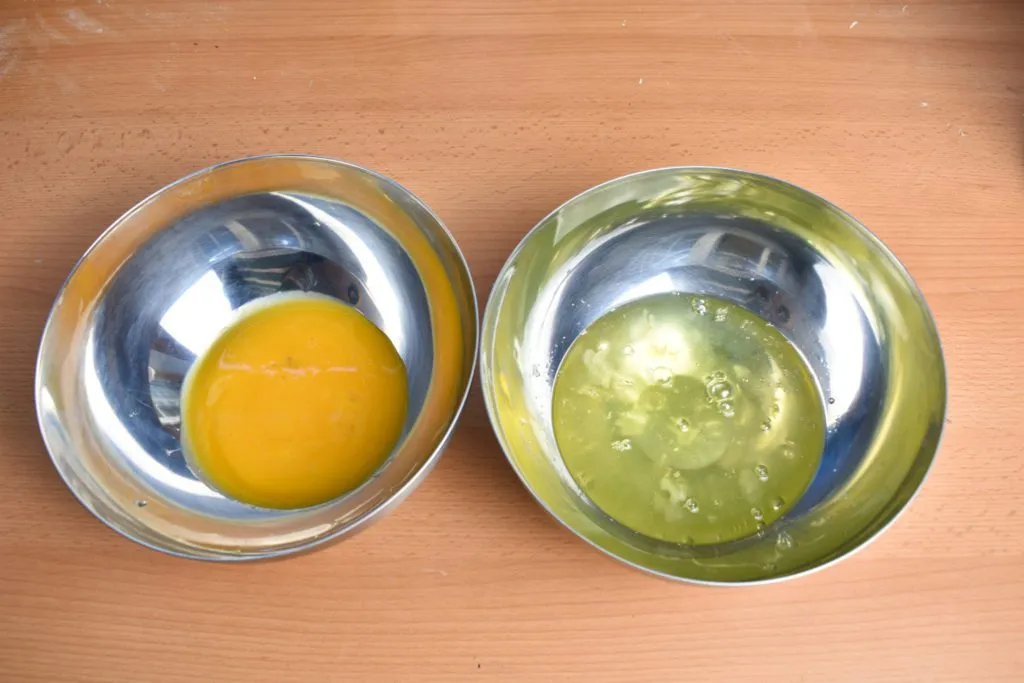
- Beat egg whites until stiff peaks form. Beat in some honey or sweetener of choice if desired.
 At this stage the spoon can stand on its own.
At this stage the spoon can stand on its own.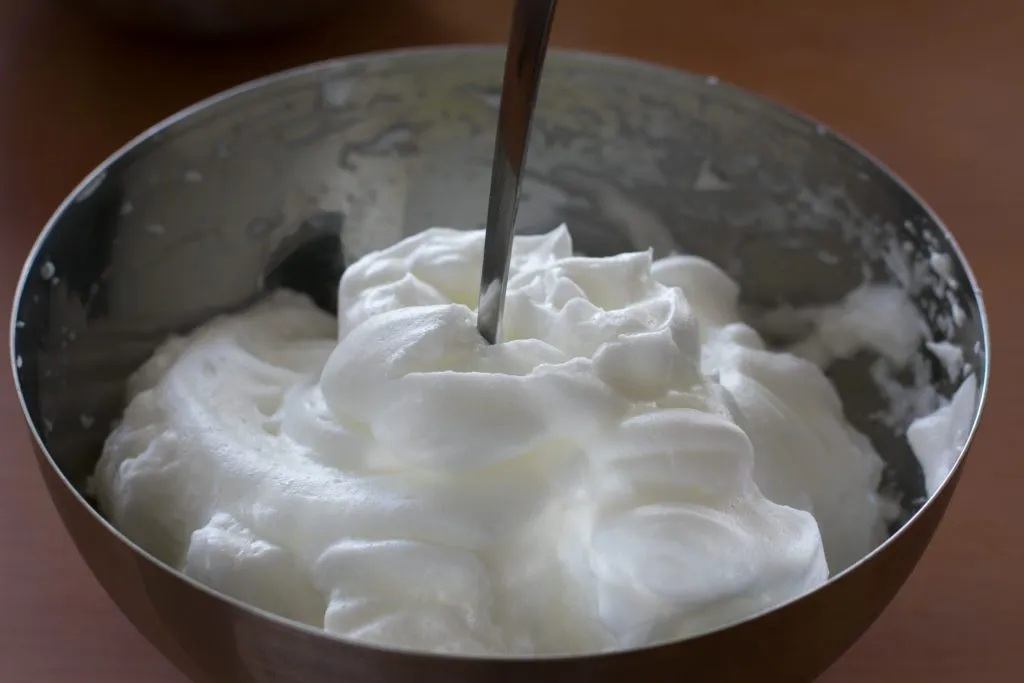
- Egg yolk coagulates between 175°F – 180°F / 80°C – 82°C so a kitchen thermometer comes handy but the traditional method of bringing the milk to boil then leave it to barely simmer works too.
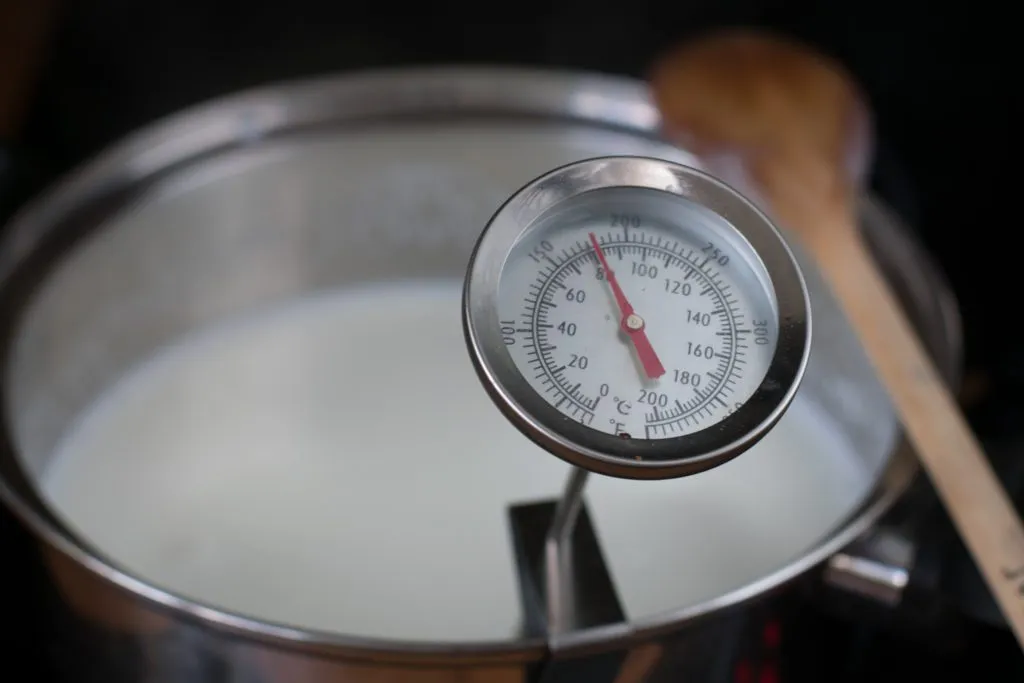
- Using a tablespoon to shape meringue from the egg white mixture. Place them one by one in the simmering milk, over low heat.
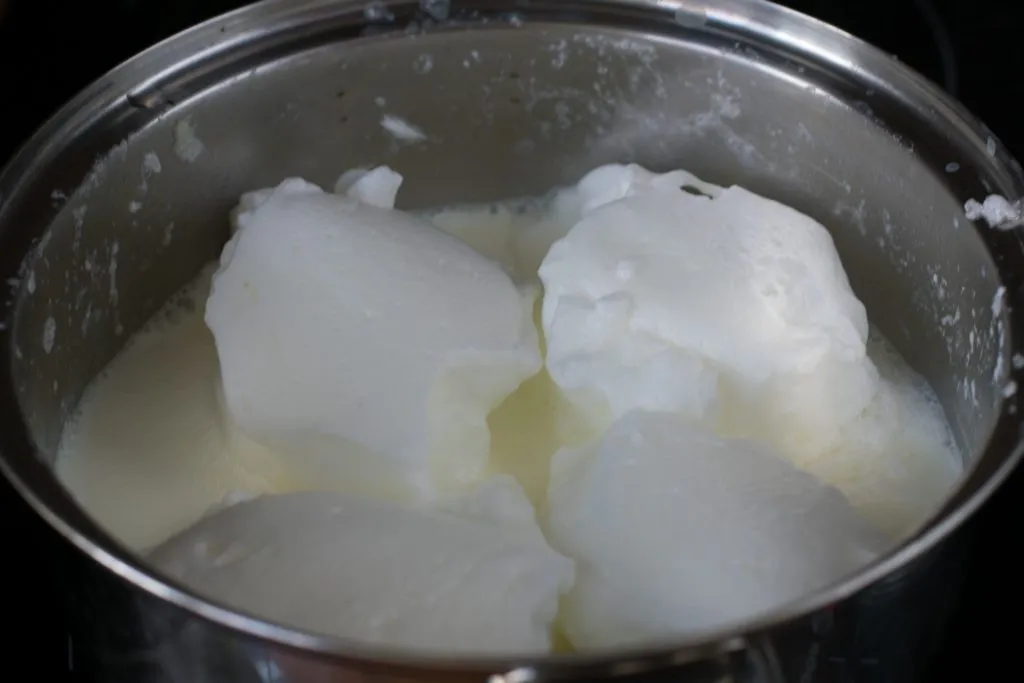
- When the meringue grow in size flip them upside down.

- When the meringue are really puffed up and cooked take them out.
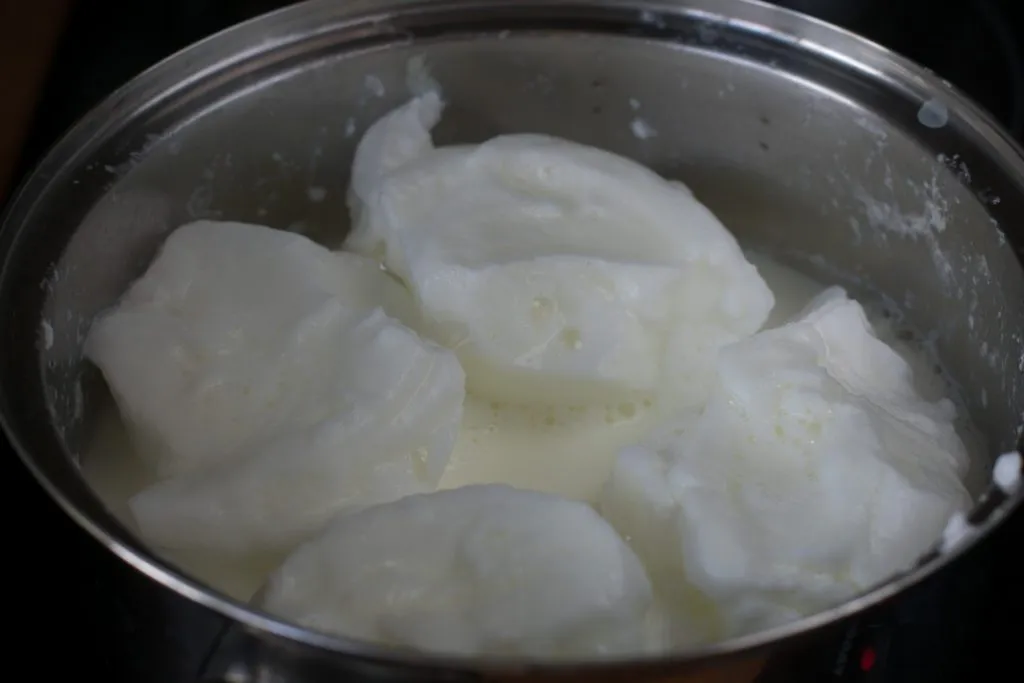
- Place them onto a bowl or tray to drain.
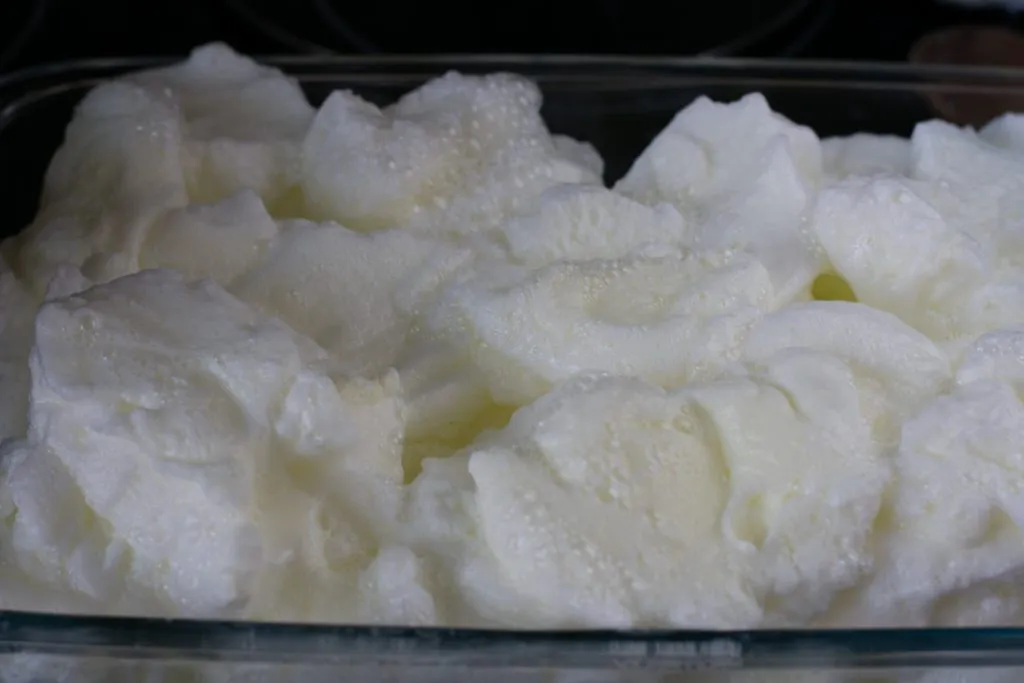
- Make sure to stir the milk after every batch of meringue otherwise it may burn down. When finished with the meringues replace the evaporated amount of milk. Generally it’s about a cup.
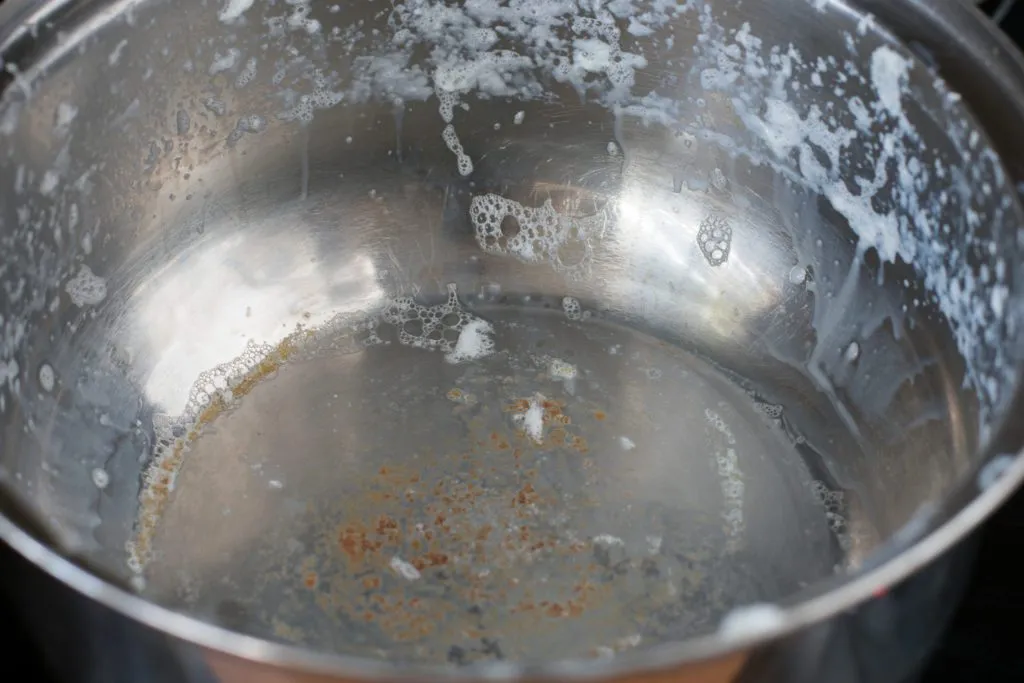
- Whisk yolks with honey or sweetener of choice until light yellow. Whisk in the corn starch or white flour if used.
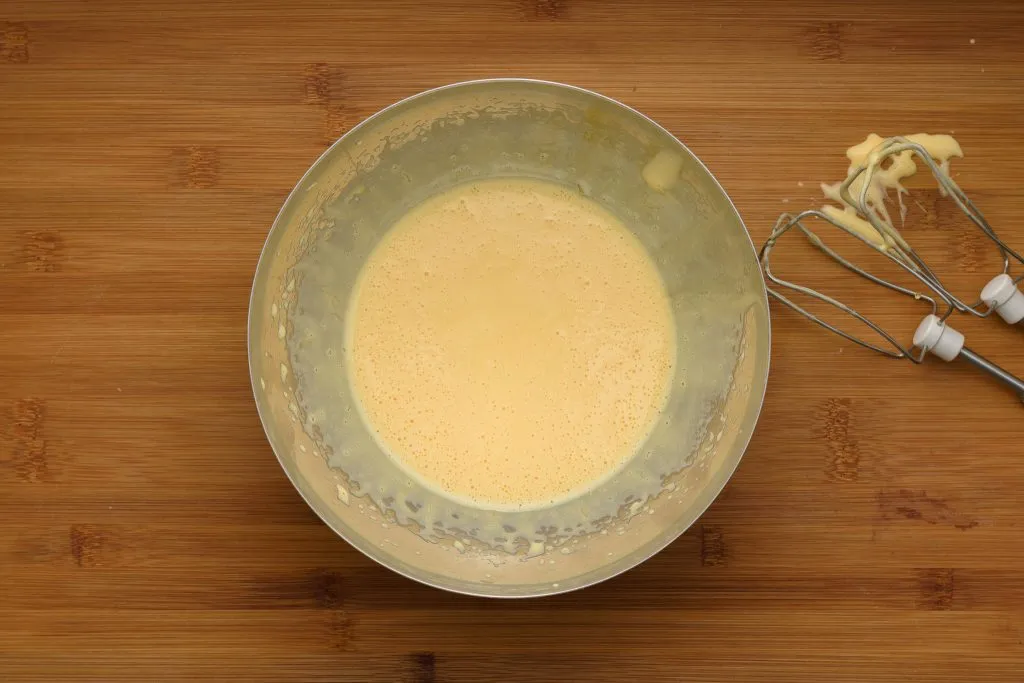
- Mix a cup of warm milk into the yolk while stirring it continuously. This isn’t an obligatory step but it helps ensuring the milk is not heated over the required temperature.

- At this point the milk should be under 175°F – 180°F / 80°C – 82°C. Mix the milk-yolk mixture back into the milk until it reaches the required temperature and thickens up.
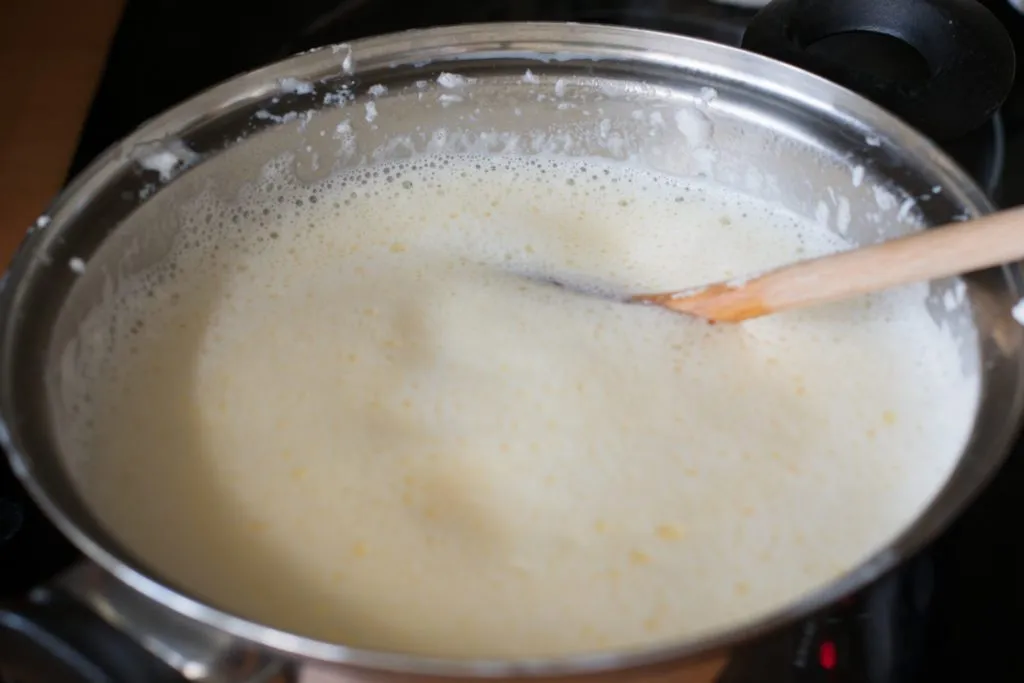
- Put meringues on top and pop it in the fridge for a couple of hours until chilled before serving it.
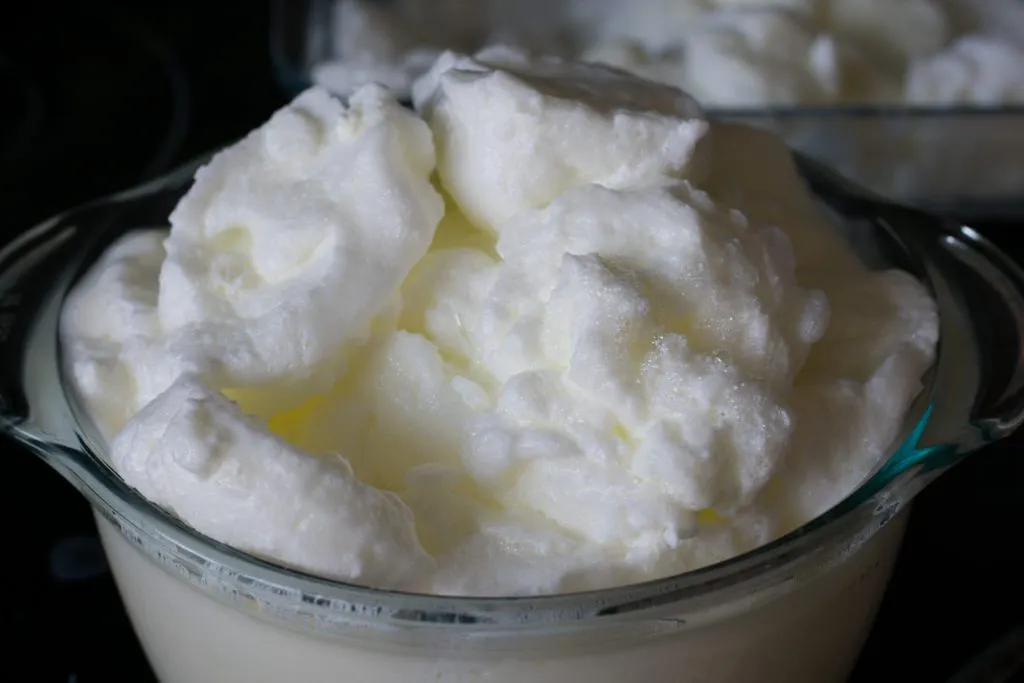
Enjoy!
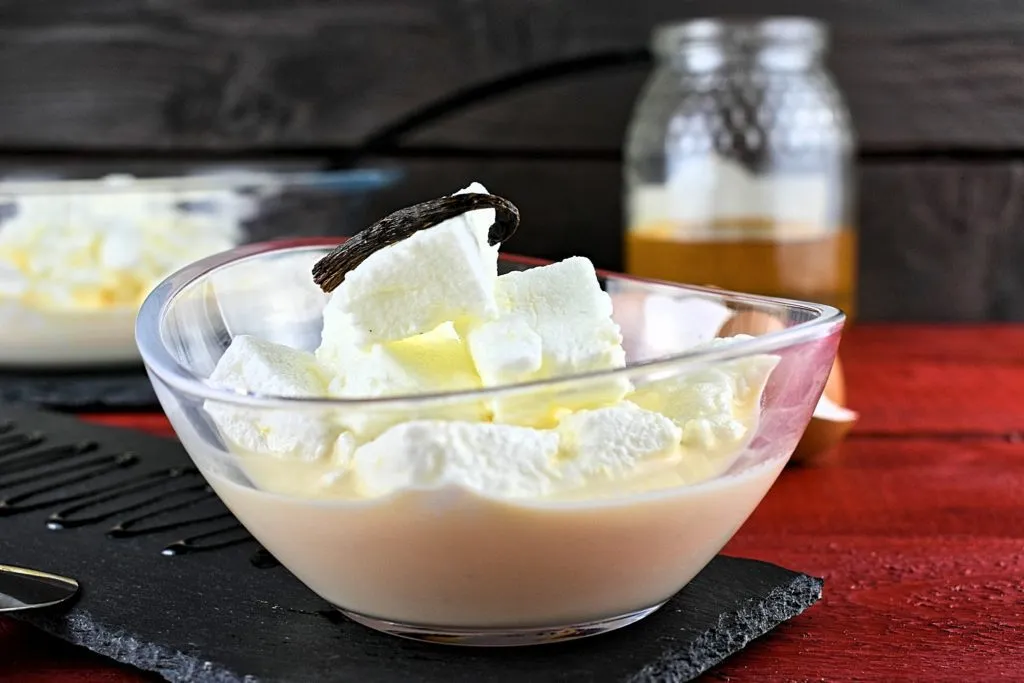
Some are borne to be free but others can’t imagine life without boundaries. Make sure to check out these desserts in the cups:
- Chocolate Trifle Recipe
- Keto Crème Brûlée Recipe
- Yogurt Parfait Recipe
- Healthy Parfait Recipe
- Chia Pudding Recipe
- Low Carb Chocolate Mousse for Those Gloomy Wednesdays
- Fruity Sugar Free Rice Pudding Recipe
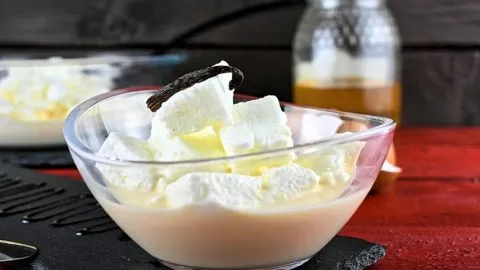

Star this recipe!
Floating Island Recipe Straight From Heaven
Ingredients
- 4 cups Milk or dairy-free milk of choice
- 1 teaspoon Vanilla extract
- 8 medium Eggs
- 2 tablespoons Honey or sweetener of choice
- 1 tablespoon Corn starch or white flour
Instructions
- Pour milk into a big saucepan then on medium heat while stirring continuously bring it to boil.
- Meanwhile break and separate eggs. Egg whites in one bowl yolks in another.
- Beat egg whites until stiff peaks form. At this stage the spoon can stand on its own.
- Egg coagulates between 175°F – 180°F / 80°C – 82°C so a kitchen thermometer comes handy but the traditional method of bringing the milk to boil then leave it to barely simmer works too.
- Using a tablespoon to shape meringue from the egg white mixture. Place them one by one in the simmering milk, over low heat.
- When the meringue grow in size flip them upside down.
- When the meringue are really puffed up and cooked take them out.
- Place them onto a bowl or tray to drain.
- Make sure to stir the milk after every batch of meringue otherwise it may burn down. When finished with the meringues replace the evaporated amount of milk. Generally it’s about a cup.
- Whisk yolks with honey or sweetener of choice until light yellow. Beat in the corn starch or white flour if used too.
- Mix a cup of warm milk into the yolk while stirring it continuously. This isn’t an obligatory step but it helps ensuring the milk is not heated over the required temperature.
- Mix the milk-yolk mixture back into the milk until it thickens.
- Put meringues on top and pop it in the fridge for a couple of hours until chilled before serving it.
Notes
Nutrition
Pin now, Enjoy later!
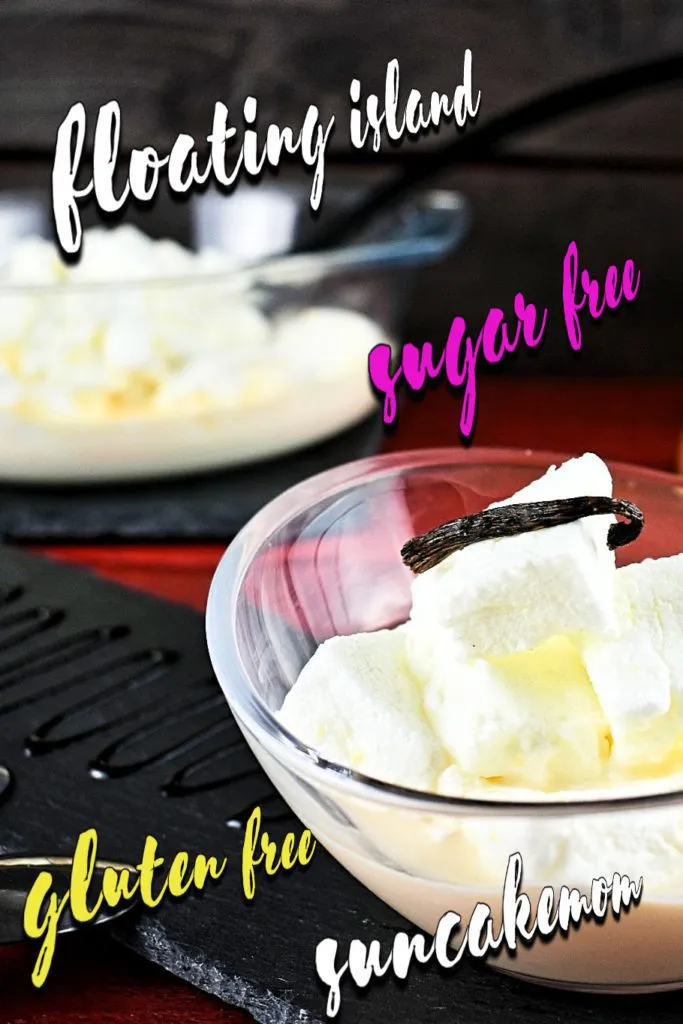
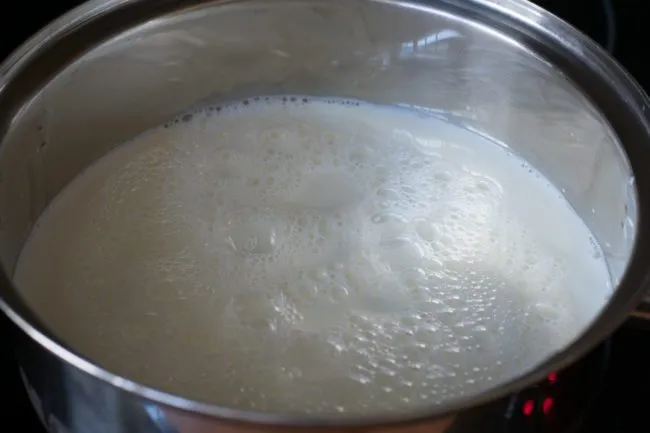
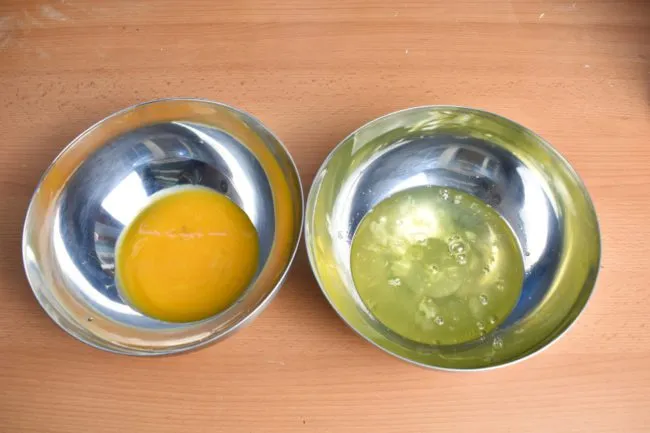
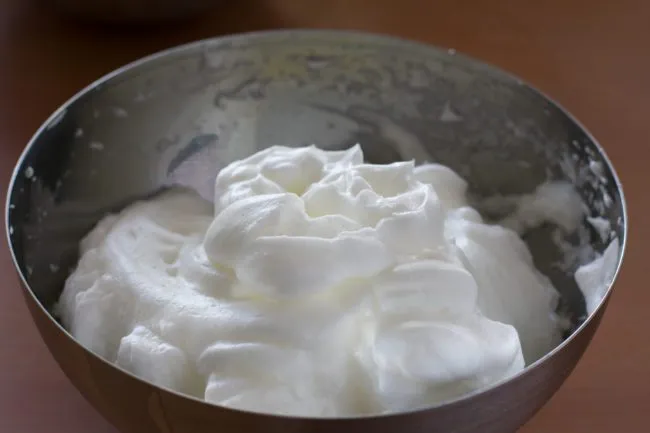
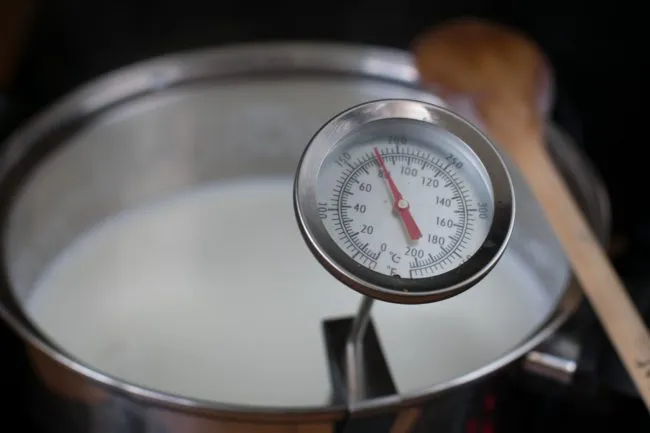
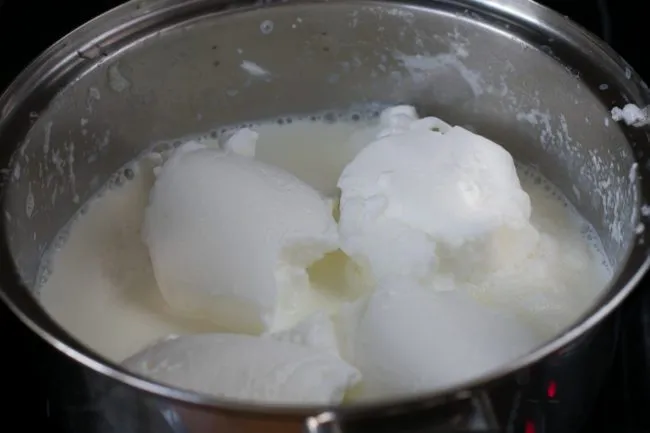

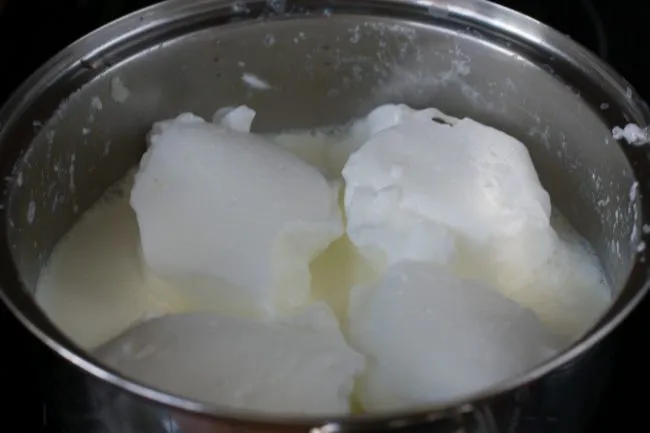
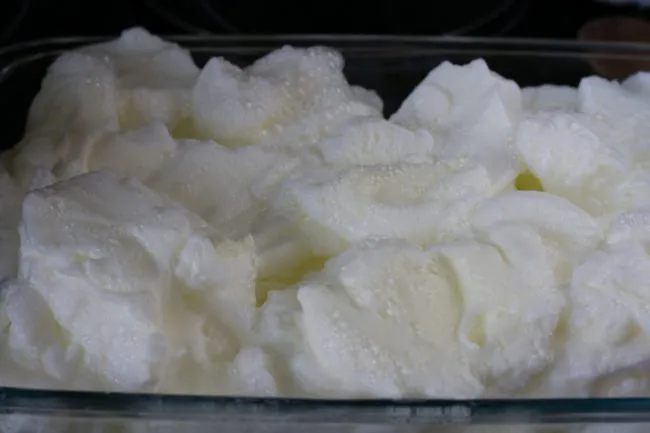
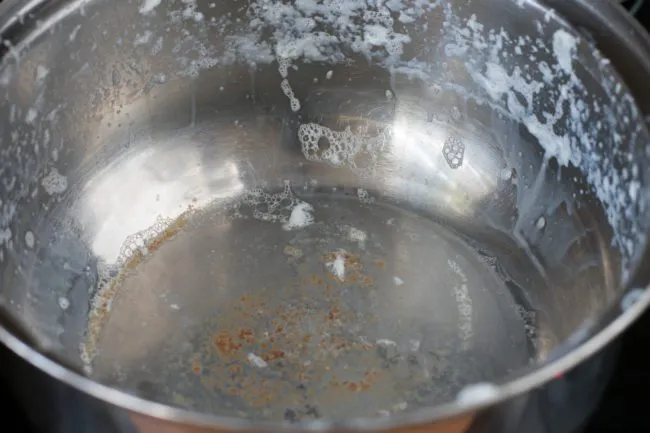
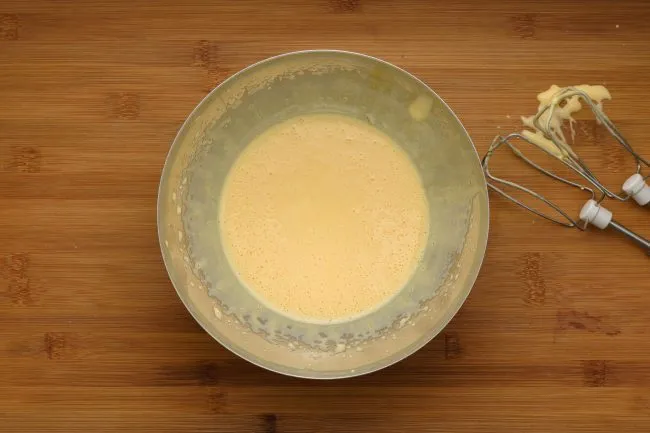
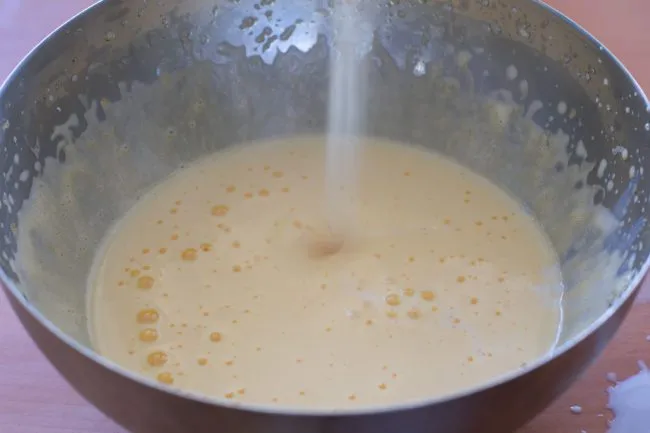
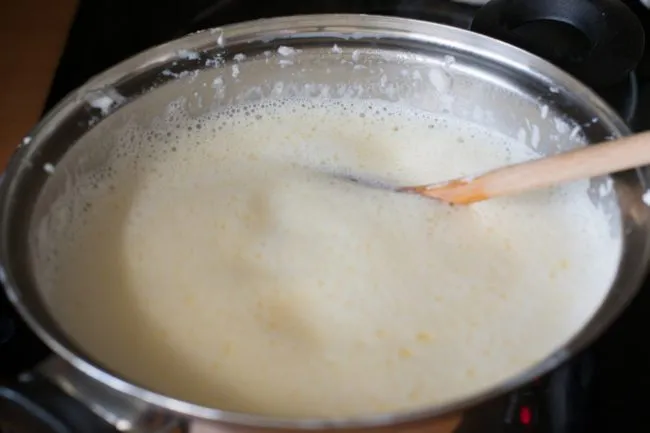
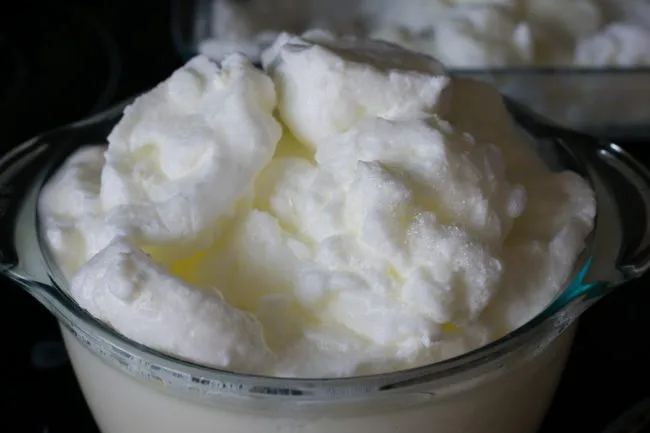
Wonderful recipe. Tried it out with my family and it was a hit. Thank you.
So glad you liked it Sara. You’re welcome.
The ultimate favorite of my childhood!
That must have been a heavenly one!
I made this with coconut milk and turned out to be amazing! Now it’s dairy free too ;D
That is even a notch above delicious if you like coconut!
Do you have any tips for writing articles?
That’s where I constantly battle and also I just end up gazing vacant display for
long time.
Yeah, that happens to anyone. The trick is to start writing after 5 minutes of gazing and don’t stop.
hi 🙂 bross 🙂
Hi mate!